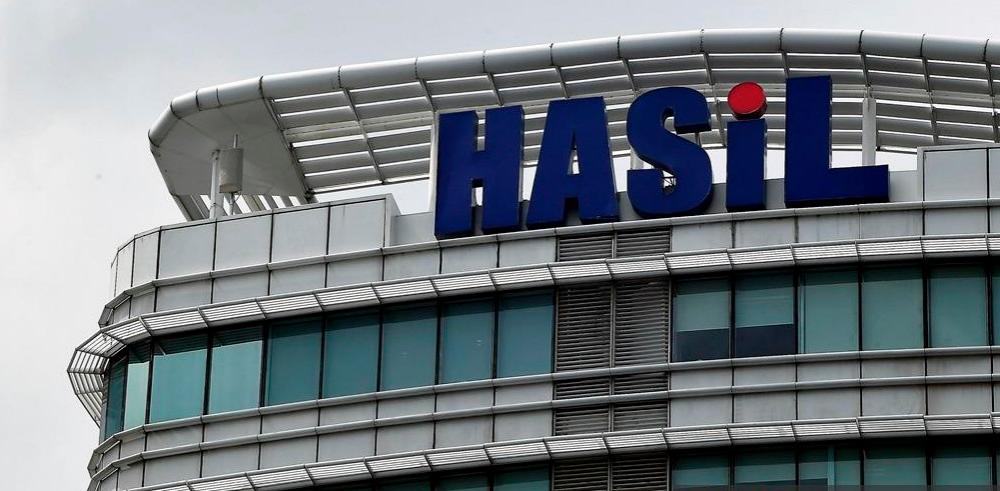THE Inland Revenue Board (IRB) is working extremely hard to ensure that companies with annual turnover exceeding RM100 million will be able to comply with the e-invoicing requirements from Aug 1.
There is an earnest desire on the part of IRB to help these taxpayers through the issuance of guidelines, frequently asked questions, participation in numerous events and the willingness to reply to as many questions as possible posed by taxpayers.
Underlying principles
The first day of August is approaching soon, and businesses in each industry have their own problems; answers provided in general documents issued by IRB are not “one size fits all”.
To ensure compliance with IRB’s e-invoicing requirements, the first thing you should ask is: “Is an e-invoice required for the transaction?”.
For most cases, an e-invoice is needed if there is a transaction involving sale of goods or provision of services (including interest payments, rental payments or royalty payments). However, there are transactions where e-invoicing is not required (e.g. refundable deposits) or transactions specifically exempted by IRB (e.g. employment income, pensions, distribution of dividends in specific circumstances, transactions in listed securities, and disposal of unlisted shares by individuals).
Many related party transactions are currently documented through journal entries which needs to be reviewed and documented through the e-invoice documents.
The process
There are two parts to implementing e-invoicing: Mapping your business processes (frontend) and upgrading or customising your software to connect to the MyInvois portal (backend).
The frontend is equally important as the backend. In the course of mapping the business processes, you will need to follow the rules set out in the e-invoicing guidelines – such as reviewing your employment policy which allows documentation concessions on staff claims by your employees, identifying suppliers where the payments are subject to self-billed e-invoices, reviewing your internal operating procedures on onboarding your suppliers and customers to ensure that you are able to obtain the necessary information for the issuance of e-invoice, and developing an action plan to gather information for the mandatory data fields.
An important process would be to understand the supply chain and the transactions undertaken by the company to identify the types of e-invoice documents to be issued to IRB (i.e. standard e-invoice, consolidated e-invoice, self-billed e-invoice, etc.) based on the guidelines issued by the Board. If there are any gaps or shortfalls which are not addressed in the guidelines, this has to be resolved with IRB.
Where is the extra help from IRB?
In addition to the documents issued and events that IRB is participating in, there are other avenues for you to direct your questions to it – such as through customer feedback form, live chat helpdesk, or a 24-hour telephone helpdesk. The tax authority is ready to answer your questions and the 24-hour phone helpdesk is working.
When you have unique transactions, IRB is willing to listen to the way in which you are recording the transactions and try and help you accommodate those transactions into the e-invoicing system. Each industry will have unique requirements and IRB is willing to listen and provide solutions.
With all the assistance available from IRB, you cannot expect any extension or postponement of the Aug 1 implementation deadline. If you are unable to implement e-invoicing by then, you can still issue normal invoices, but you still need to convert all invoices into e-invoices within August, otherwise you could be penalised for non-compliance. Please take this seriously.
This article is contributed by Thannees Tax Consulting Services Sdn Bhd managing director SM Thanneermalai (www.thannees.com).









